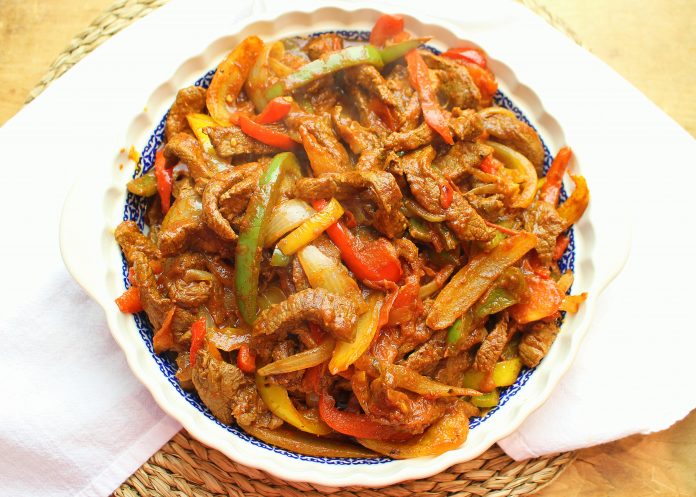Anyone who has had a savoury experience with Ethiopian cuisine will talk about its distinctiveness and delicious taste. Not surprising for a country with a rich cultural history that can be traced to the early beginnings of civilisation.
Though foods play an important role in the socio-economic and cultural life of Ethiopians, detailed descriptions related to their preparation and their socioeconomic and cultural roles are not well documented.
For some foods, mode of eating is highly communal – everyone gathers around a large circular metal tray (as is when eating injera), and get their fingers messy; there is no inclination towards being cutlery perfect.

Ethiopians, like Indians, aren’t shy of adding spices to their meals. One of the most common accompaniments is berbere, an Ethiopian spice mix containing up to 16 constituent elements, including chilli powder, fenugreek, ginger, garlic, cardamom and cinnamon. Most Ethiopian dishes are nutrient-dense and low in fat, thus good for the health.
The recommended dish to try anytime you find yourself in Ethiopia is:
Tibs
Sliced beef or lamb, pan-fried in butter, garlic and onion, tibs is one of the most popular dishes among Ethiopians. It is regarded as a special dish, owing to its history as food served to pay a compliment or show respect to someone; hence its popularity for commemorating special events and holidays. It comes in a variety of forms, varying in type, size or shape of the cuts of meat used and can range from hot to mild, or contain little to no vegetables.
You are likely to find a gathering of people at a restaurant in Addis Ababa feasting on a dish of Tibs, as you are likely to find the same in a family home in Hawassa.

Nutritional Information
Calories: 444kcal | Carbohydrates: 10g | Protein: 54g | Fat: 17g | Saturated Fat: 9g | Cholesterol: 222mg | Sodium: 391mg | Potassium: 985mg | Fiber: 3g | Sugar: 4g | Vitamin A: 641IU | Vitamin C: 16mg | Calcium: 29mg | Iron: 11mg






